How to recondition a car battery that won’t hold charge is not as hard as you think. And refurbishing a car battery doesn’t require any type of High-Tech machinery. Proper guidelines and knowledge help you to fix a car battery that doesn’t hold charge.
If you are experiencing your car battery won’t hold charge, then reconditioning your car battery is essential.
Try not to ignore battery issues in your vehicle because this issue is not going to fix automatically unless you take steps to fix it.
Ways of reconditioning car batteries are simple because there are three ways to refurbish a car battery. Most interestingly, to revive a car battery that won’t hold charge you don’t need any professional mechanical help; you can recondition your car battery yourself.
What Is Reconditioning Car Batteries
Reconditioned car batteries refer to the process of bringing back to a healthy life and charging the capacity of your old and dead cells. You may throw your car battery that won’t hold charge, but this is not the solution for the car battery.
If you throw your car because your car battery won’t hold charge, it will be a total waste to readily throw your old car batteries when you can still recondition it one to three times. Reconditioning a car battery is just properly following those steps.
There are several types of batteries, such as Lithium-ion, NiCad, NiMH, Rechargeable types, and Lead-acid batteries for cars. So. I highly recommend you instead of throwing away the batteries. Let’s learn how to recondition a car battery that won’t hold charge.
How to Recondition a Car Battery That Won’t Hold Charge
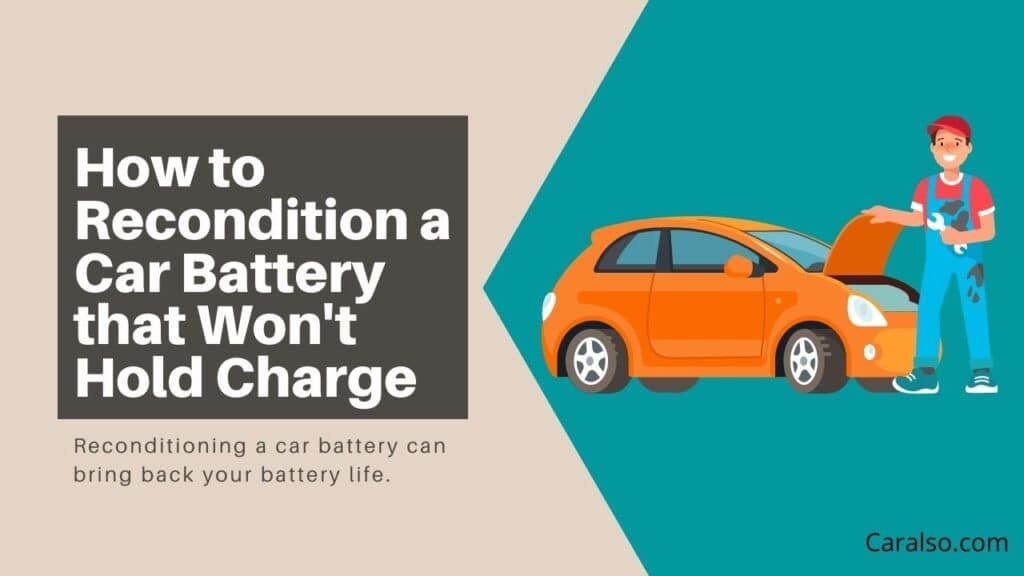
There are three ways you can recondition a car battery that won’t hold charge. Fixing a car battery that doesn’t hold charge can be fixed at home with a small investment and a few tools. And there is no substitute for maintaining safety measures when refurbishing a car battery.
Here are 3 method to recondition a car battery that won’t hold charge:
- Recondition Car Battery Using Epsom Salt and Distilled Water
- Recondition Car Battery Using Smart Battery Chargers
- Recondition Car Battery Using A 200A Charger
Method 1: Recondition Car Battery Using Epsom Salt and Distilled Water
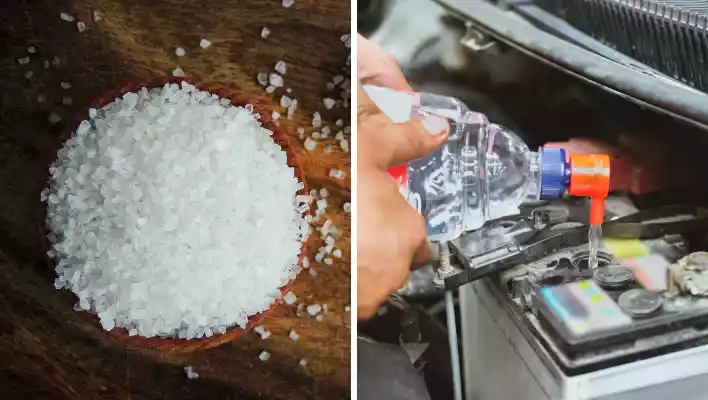
Reconditioning a car battery using Epsom salt and distilled water is the most useful method. When you pour the mixture of Epsom salts and distilled water, it dissolves any sulfate buildup into your battery. And reviving a car battery with Epsom salt and distilled water can also make car batteries live longer.
Here are some basic requirements to recondition a car battery using Epsom salt and distilled water:
- Epsom Salt
- Distilled Water
- Trickle Charger
- Plastic funnel
Follow only the five steps below to fix a car battery that doesn’t hold charge:
Step 1: Prepare The Battery Properly
Put on the safety measure: protective eyewear and hand gloves. Clean the car battery posts by placing a battery post cleaner on each battery post.
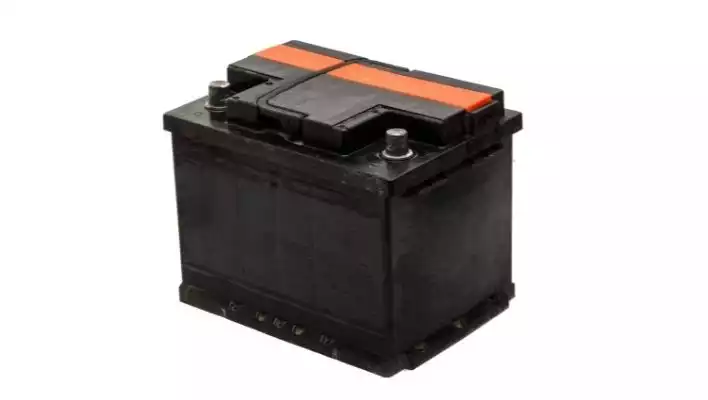
You have to clean the battery port very precisely. Make sure you twist it back and forth until the posts become clean and bright. There is no alternative to clean and make the port bright. You have to do this first.
Step 2: Pour Out Acid From Battery
When you recondition a car battery, you have to pour out all of the acids from the battery. In automobile batteries, there are six cells, and those cells are pouring with acid.
Step 3: Mix Distilled Water And Baking Soda
After pouring out all of the acids from your car battery, you now need to make a mixture of distilled water and baking soda. Take around 250 grams of baking soda and one gallon of distilled water. Mix baking soda and distilled water until it is completely dissolved.
Step 4: Fill The Battery And Shake
Fill every cell of your battery with distilled water and baking soda mixture. Attach the battery cell caps and shake the battery strictly.
Step 5: Pour Out The Mixture Again
Now you need to pour out all of the mixtures from the battery. Make sure distilled water and baking soda mixture are completely removed from the battery cells.
Step 6: Make Epsom Salts And Distilled Water Mixture
Mix Epsom Salts with distilled water in a bowl; adding distilled water makes it liquid. If you can warm distilled water before adding Epsom salts, it will help them dissolve quickly.
Step 7: Pour Mixture Into Each Cell Of The battery
Open up the battery cell caps again and pour one tablespoon of mixture into each cell of your battery. Ensure mixture does not overfill the cells of your battery.
Step 8: Attach The Trickle Charger
In the final step of battery refurbishing, you need to attach the trickle charger to the battery. And let the battery sit for 24 to 48 hours. After 24 or 48 hours, the trickle charger from the battery. The battery should hold charge as it is new after charging the battery with a trickle charger.
Learn More: How To Properly Ground A Car Battery
Method 2: Recondition Car Battery Using Smart Battery Chargers
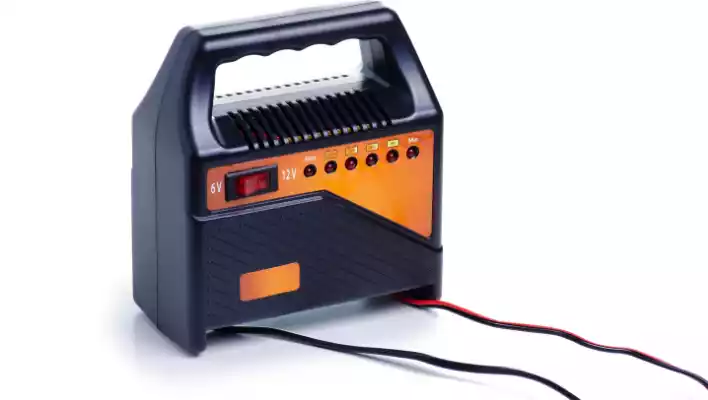
Using a smart charger, you can recondition a car battery that won’t hold charge. With the charging process of the smart charger, your battery can be rebuilt easily. To recondition a car battery, you will need a smart charger that has recondition mode.
Step 1: Set The Charger To Recondition Mode
Battery reconditioning smart chargers have “Recondition Mode,” and you need to set that mode on. Also, the smart charger has black and red clamps that will need to be added to battery terminals.
Step 2: Make Connection
Now you need to make the connection between your car battery and smart charger. Attach the red clamp of the smart charger to the battery positive terminal, and the black clamp needs to be attached to the negative terminal of your battery.
Step 3: Set Amperage Of Smart Charger
After connecting the battery and smart charger, you now need to set the amperage. Set the amperage of the smart charger at a low amp and then leave the battery to be charged for at least 24 to 48 hours. You don’t need to set the amp on the smart charger for some automobile batteries. It automatically starts.
Step 4: Disconnect The battery
The final step to rebuilding a car battery that doesn’t hold charge is disconnecting the smart charger from the battery. When the smart charger says it is fully charged, you need to disconnect the battery.
Related: Car Keeps Dying, Battery And Alternator Are Good
Method 3: Recondition Car Battery Using A 200A Charger
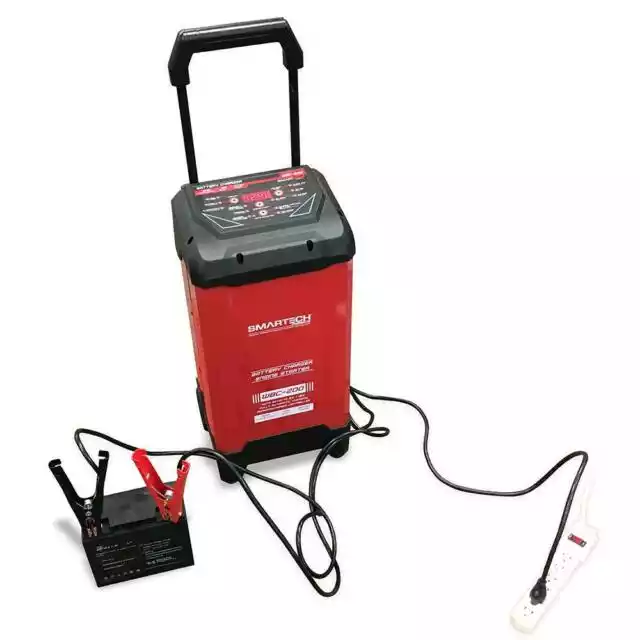
To recondition a car battery using a 200A charger, you have to be aware of the voltage because a 200A charger is a high voltage charger. Using a 200A charger, taking proper safety procedures is mandatory, and you should charge your car battery with a 200A charger in an open place.
Step 1: Connect Battery With 200A Charger
Make the connection between the car battery and 200A charger the same as the smart charger connection. Attach the red clamp of the smart charger to the battery positive terminal, and the black clamp needs to be attached to the negative terminal of your battery.
Step 2: Charge The Battery
After completing the connection of the battery and the 200A charger, you now need to turn on the charger and let the battery be charged for at least 15 minutes. But don’t charging the battery for a long 20 minutes can be the highest.
Step 3: Let The Battery Sit And Check Voltage
Let the battery sit for 1 hour completely. After 1 hour, test the battery voltage using a voltmeter. But make sure your voltmeter is compatible and indefectible. If you read less than 12.6 V on the voltmeter, you must process this charging method again.
To revive a car battery that won’t hold charge using a 200A charger, you need to process this charging 3 to 5 times. As I mentioned earlier, you have to take proper safety measures.
Related: Is It Normal For Car Battery To Sparking When Connecting?
Safety Procedure Need To Consider When Reconditioning A Car Battery
You should take proper safety precautions no matter what you are doing around your car battery. Follow every safety precaution below to recondition your car battery that won’t hold charge.
- Wear gloves because into the battery there is sulfuric acid which can irritate and potentially burn your skin.
- You should wear an apron to protect your clothing.
- Wear safety goggles to protect your eye from battery acid.
- When you recondition a car battery, choose an open and well-ventilated area.
Why Should You Recondition Batteries
When your car battery doesn’t hold charge, it will need to be reconditioned. Car batteries can be less effective, have low charge capacity and totally stop providing electricity to your car, if your car battery won’t charge or hold charge.
Reconditioning or refurbishing your car battery allows the battery to be recharged again. When your car battery recharges again it can operate that car’s electrical system and that’s why the car battery should be reconditioned.
Throwing or wasting any batteries is very bad for the environment. They are leaking chemicals to the environment, causing a significant impact on the well-being of the planet. So throwing a car battery is not a perfect solution.
How Do I Know When My Car Battery Needs Replacing?
You can know when your car battery needs replacing. Fortunately, a few symptoms may indicate your car battery needs attention Before it’s too late. So now we know those signs mean your car battery needs replacement.
Here are the most common symptoms that tell you your car battery needs replacing:
- Check Engine Light
- Slow Engine Cranking
- Battery Leak
- Low Battery Fluid Level
- Age of Car Battery
1. Check Engine Light
The check engine light is more formally known as the malfunction indicator lamp. The engine light is a signal from the car’s engine computer. This engine light sometimes appears when the battery is weak.
2. Slow Engine Cranking
Slow engine cranking possible causes are a degraded or defective battery, charging system problem, a dirty battery terminal connection. When starting the vehicle, the cranking of the engine is sluggish and takes longer than normal time to start. You should check this and notice properly.
3. Battery Leak
Battery leakage is commonly known as battery acid leakage. Battery leakings cause corrosion around the battery posts. You have to clean those junk from your car battery. Otherwise, your car may not start.
4. Low Battery Fluid Level
Battery fluid, a mixture of sulfuric acid and distilled water, creates the electricity that makes a car battery work so efficiently. You have to always keep an eye on your car battery’s fluid level. If car battery fluid needs to be tested, you should need to test it as soon as possible.
5. Age of Car Battery
We know a car battery for three to five years can survive at the highest. As your car battery gets old, the power of the battery gets low day by day. If you seem to age your car battery over three years, you need to change the car battery.
How Much Does A New Car Battery Cost?
Car batteries are getting higher day by day. There are more than 40 types of car batteries available, and several factors affect the cost. Lead-acid types of batteries are the most common types of car batteries. This technology is often referred to as SLI (Starting, Lighting, and Ignition).
Before selecting a car battery, you need to know what types and what size of batteries your car needs. Always avoid putting the wrong size battery in your car.
A typical car battery costs between $50 and $120 And some special car batteries can cost up to $90 to $200. The average battery cost runs in the $75 to $120 range.
One of the most common is the Lead-acid battery, Lead-acid costs in the neighborhood of $125 to $135.
Another type of battery is an Absorbent Glass Mat battery known as AGM. This type of car battery will cost you around $200. Absorbent glass mat ( AGM ) this type of battery provides more sophisticated electronics in luxury vehicles.
Batteries that come with mote extended warranty will also add to the cost. The mechanical battery installation cost depends on the battery location in the car and how long it takes to install. A mechanic can charge $10 to $100 to install the car battery.
On the other hand, many car part retailers will install the car battery free of charge if you buy the car battery from them.
Final Words
Reconditioning a car battery that won’t hold charge can be easy if you know several methods. If you follow any of these methods, you can recondition a car battery that won’t hold charge.
No matter which method you are going to follow, you have to follow the steps accordingly.
If you need someone’s help, you should get someone who can help you during this battery reviving process.

Hey there,
How is it going?
I’m Meraj Sarker. I am a Car Mechanic and a student of Automobile Restoration here in Florida, USA. I’ve been studying automotive for around 9 years now. So you can rely on my recommendation. For me, studying and getting knowledge about automobile it’s really fun and entertaining. I will help you to get solutions for your car through this website. If you need any help let me know.

You say to use Epson salt and distilled water but not how much of each what 6 cups Epson salts 1 gallon of water I’m sure that’s way too much salt but you get my point
Hello Don,
Thank you for your comment.
To recondition your car battery that won’t hold car, you can use 4 to 5 ounces of Epsom salt. This much of salt not going to be too much.
Check out more car solutions: caralso.com